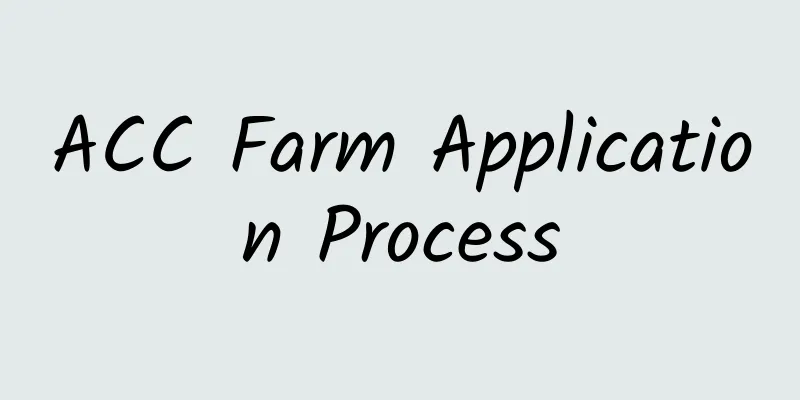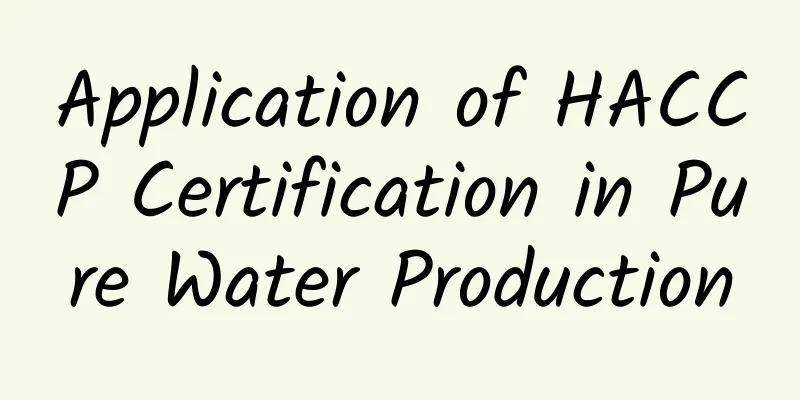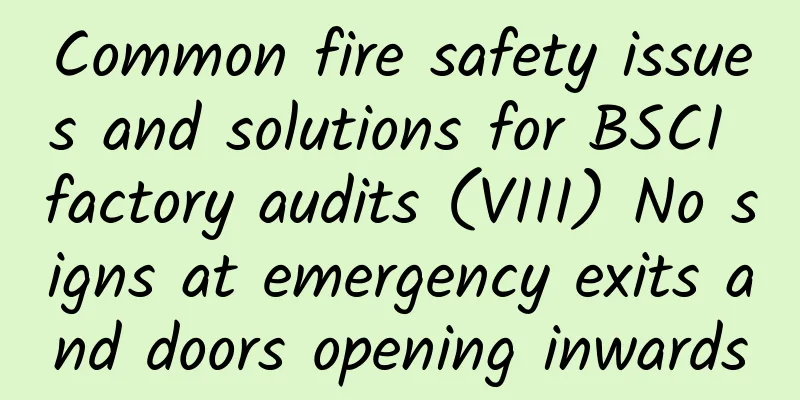ACC Farm Application Process

|
1. Check the certification registry, certification application form and guidance standards. The certification registry includes the contact information of the certified farm and the payment method of the certification fee. Depending on the need, it sometimes also includes relevant information of its head office. The certification application form is based on the standards of the certification project and requires participants to provide information on farm management practices. The guidance standards explain the importance of the standards, implementation guidelines and additional information. To be certified, the farm must meet the assessment requirements of all 6 standards in the general provisions of the certification application form and maintain traceability of designated product records for at least three months. 2. Submit the registration form and certification fee to the ACC office Submit the completed registration form and the $500 certification fee to the Aquaculture Certification Commission, Inc. (ACC) office. The amount of the fee can be changed at any time without notice. After receiving the form and fee, ACC will provide the farm with a specific identification code. In addition, the ACC Administrative Office will provide a comprehensive guide to help participants review the certification requirements and complete the certification application form. 3. Submit application form Applicants for the program have one year from the date of registration to submit the certification application form and complete the on-site inspection with an ACC-approved certifier. 4. Select and contact a certifier Contact a certifier to discuss the certification process. The certifier's contact information can be found on the website of the Aquaculture Certification Council, Inc. ACC certifiers are independent investigators whose remuneration includes daily consulting fees and actual expenses. Depending on the different remuneration structures in each country, the consulting level ranges from US$400 to US$800 per day. The actual expenses of the certifier include travel expenses, accommodation expenses, food expenses and communication expenses (fax, Internet, etc.). It takes about a day to inspect a 100-hectare farm; a few hours for a small farm; and several days for a large farm. Project participants can contact multiple certifiers to get different inspection quotes before making a final choice. Once a preliminary agreement has been reached, the certifier will give the farm a certification contract. This contract sets out the schedule for on-site inspections, the cost of the master plan, and the certifier's expenses. After carefully reviewing the contract, if the farm accepts its terms, it can sign the contract, return a copy, and pay the certifier's fees directly. 5. Participate in the on-site inspection During the on-site inspection, the certifier will review the farm's history, operations, and human resources. The certifier will do some preparation in advance to get to know the farm's employees and ask questions to better understand the farm's operations. The certifier will report the evaluation results to the program participants and ACC within 14 days. Participants must meet 100% of all certification inspection requirements and score 70% (50 out of 72) on the scoring inspection requirement. After five years, certified farms must meet 100% of all certification requirements and score 80% or higher on the scoring requirement. Participants can file a complaint against a certifier with the ACC Oversight Committee. Participants have one year from the date of registration to be inspected and certified. In some cases, farms that are unable to complete the inspection and certification within this period may be granted an extension of time to meet the standards of the BAP guidelines. 6. Payment of project participation fee After successfully passing the inspection and review, the farm must pay the project participation fee based on the annual output of the farm: if the annual output reaches 500 tons, the fee is at least US$500; if the annual output exceeds 500 tons, an additional US$1 will be charged for each additional ton of output on top of the minimum fee. Neighboring farms that are under the same ownership and draw water and discharge from the same water source must pay a separate program participation fee based on the total combined fiscal year production of the participating farms. The maximum amount of the program participation fee is $6,000. This fee can be changed at any time without notice. 7. Check the ACC website and get the company list. Once the participating farms are certified and all fees have been paid, ACC will issue a certification license, and the farm information will appear on the website of the Aquaculture Certification Council, Ltd. The list of farms on the website are all certified. These farms can use the "Best Aquaculture Practices" certification mark on their packaging and, after reaching an agreement with ACC, this mark can also be used in advertising. 8. Keep records and enter traceability data Certified farms should keep records on outflow water quality and treatment clinic usage as described in the “Traceability” section of the Guidance Standard. This information will be added to the ACC traceability database from time to time via the web once the ACC website is fully functional. 9. Recertification every two years The farm will be recertified every two years or on the anniversary of the initial certification. Recertification requires a fee of US$500 to be paid to the Aquaculture Certification Council, Inc. Participants are also required to pay the certifier's inspection fee and his day's expenses. |
<<: ACC Processing Plant Process Water/Ice Requirements
Recommend
Carbon tariffs arrive early, not a tiger but a lucky cat
1. EU “Carbon Tariff” On March 15, 2022, the Euro...
INSIGHT Project: Lengow’s unique features help you select products and platforms
What is the INSIGHT program? What is the purpose ...
How is USA7Express? What are the advantages of USA7Express?
How about USA7Express? USA7Express is a new inter...
Negative impact of implementing social responsibility standard certification
International buyers practice discriminatory trea...
What payment methods can eBay sellers use to receive payments?
What payment methods do eBay sellers usually use?...
What is the official website of eBay China? How to set up eBay products to attract buyers' attention?
ebay/" target="_self">ebay Chin...
Which textile certifications are suitable for the European market?
Nowadays, many textile companies choose third-par...
What is Undelay? What are the functions of Undelay?
UndelayStart optimizing your mobile traffic! Crea...
What aspects should be considered in eBay operations? What good methods are recommended?
Looking at the store from the perspective of oper...
What is EverMarker? What are the common problems with EverMarker?
What is EverMarker? Ever Marker (EverMarker), als...
How is Tokopedia? How to open a store on Tokopedia
Tokopedia is Indonesia's largest and most tra...
The most comprehensive introduction to Pakistani fashion e-commerce platform Clicky
What is Clicky Platform? What are the characteris...
How much eBay commission do I need to pay? How can I reduce eBay commission?
eBay's selling fee is also called the categor...
Ann Taylor_Ann Taylor Factory Inspection Self-Inspection Form
AnnTaylor_AnnTaylor Factory Inspection Factory Sel...
About Bestseller Group
Bestseller was founded in Denmark in 1975 by Troe...









